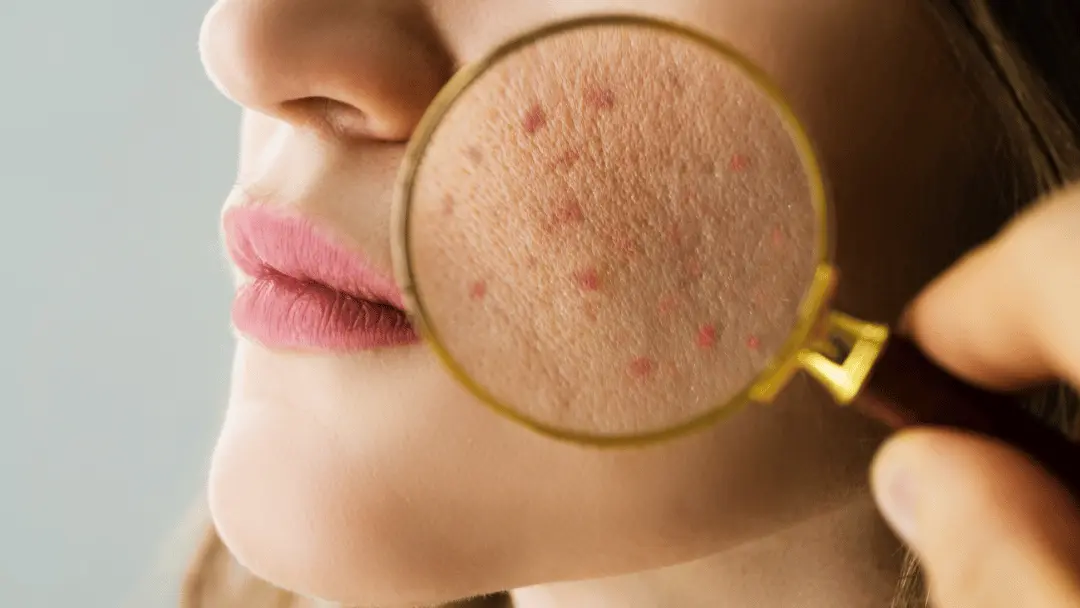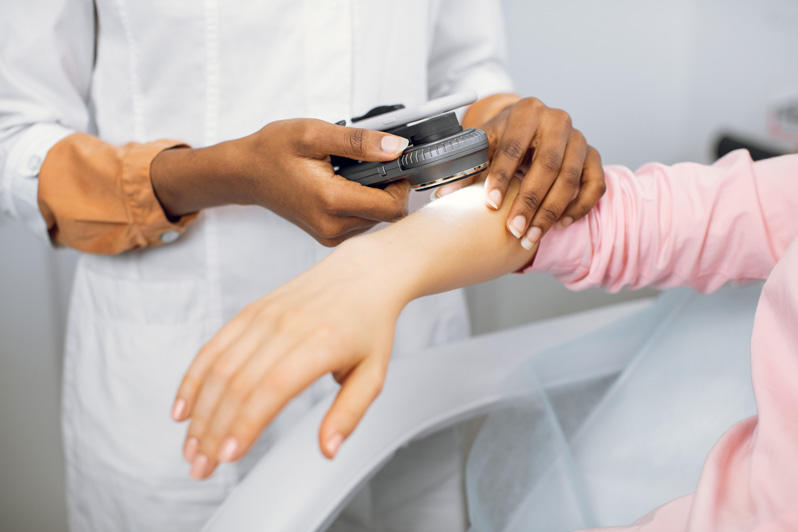Mohs Surgery Explained: A Key Treatment in Dermatology for Managing Skin Cancer Cells Properly
In the realm of dermatology, Mohs surgery stands as an essential procedure for combating skin cancer cells, particularly basal cell and squamous cell carcinoma. What precisely makes Mohs surgery so reliable and exactly how does it add to favorable client end results?
Comprehending the Basics of Mohs Surgical Treatment
Although it may appear facility, Mohs surgical procedure is a specific surgical strategy made use of mainly to deal with skin cancer. Named after Dr. Frederic E. Mohs, that established the procedure, it provides the highest possible treatment rate for certain sorts of skin cancers cells, including basal cell cancer and squamous cell carcinoma. The primary purpose of Mohs surgical procedure is to eliminate all cancer cells while sparing as much healthy and balanced tissue as possible. It works as a favored option for cancers cells found in cosmetically sensitive or functionally crucial areas like the face, hands, feet, and genital areas. Its precision and high success rate have actually made Mohs surgical treatment a foundation in dermatology, offering hope to people worldwide. It is essential to keep in mind, however, that this treatment is commonly booked for particular sorts of skin cancer.

The Treatment: Step-by-Step Breakdown of Mohs Surgical Procedure
While Mohs surgery may seem overwhelming, understanding the step-by-step treatment can help demystify the process. The treatment starts with the cosmetic surgeon getting rid of a thin layer of visible cancerous skin. This layer is after that meticulously examined under a microscope for cancer cells. If cancer cells are spotted, the cosmetic surgeon gets rid of another layer of skin and the process is repeated. This cycle continues until no more cancer cells are discovered, making sure the full elimination of cancer cells while maintaining as much healthy skin as possible. The wound is then closed utilizing stitches, a skin graft, or it may be delegated recover normally. Postoperative treatment is necessary to advertise recovery and screen for any type of indications of reoccurrence.
The Advantages of Mohs Surgical Procedure in Skin Cancer Cells Therapy
A remarkable number of people have actually uncovered the one-of-a-kind benefits of Mohs surgery in their fight versus skin cancer cells. The treatment is typically carried out on an outpatient basis under regional anesthesia, making it much less tiring on the body than more intrusive surgical treatments. chemical peel. Mohs surgical procedure offers a premium alternative for reliable skin cancer cells treatment.
Possible Threats and Issues Linked With Mohs Surgical Treatment
Regardless of its numerous benefits, Mohs surgical procedure is not without potential risks and complications. Like all surgeries, it lugs a danger of infection, bleeding, and a damaging reaction to anesthetic. In unusual cases, individuals may experience nerve damages, resulting in numbness or weakness in the location of surgical treatment. There's find more information also the opportunity of a recurrence or spread of skin cancer cells, especially if all malignant cells were not completely gotten rid of during the procedure. Marking is one more concern, as it can be recognizable depending upon the dimension and location of the cured area. The psychological influence of a skin cancer medical diagnosis and succeeding surgical procedure should not be underestimated, as it can lead to anxiousness and depression in some clients.
Getting ready for and Recuperating From Mohs Surgical Treatment: What to Anticipate
To make sure the very best feasible end result from Mohs surgical procedure, people require to properly get ready for the procedure and comprehend what to expect during healing. Preparation typically includes a comprehensive discussion with the healthcare company regarding the patient's case history, current medications, and prospective allergies. Some medications might need to be stopped before the surgery to minimize bleeding. Postoperative treatment is critical for effective healing. Clients may experience mild pain, soreness, or swelling, which can be handled with recommended medications. They are encouraged to rest, avoid laborious activities, and maintain the medical website tidy and completely dry. Normal follow-ups are essential to check healing and find any kind of problems early. The key to recuperation is people' adherence to their medical care service provider's instructions.
Conclusion
